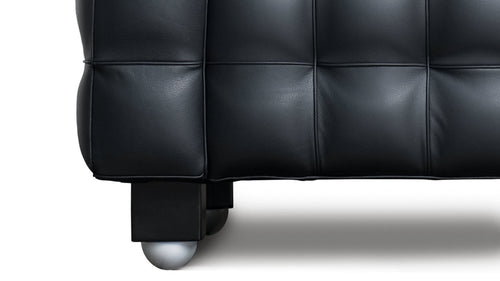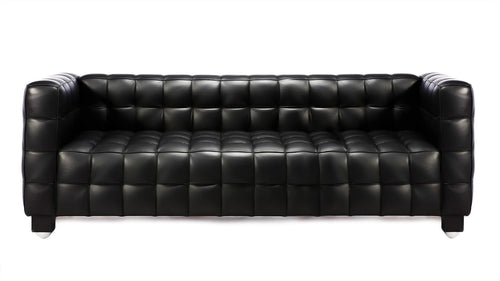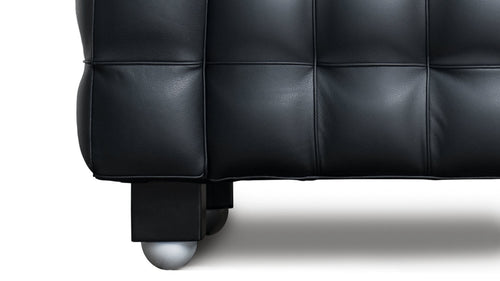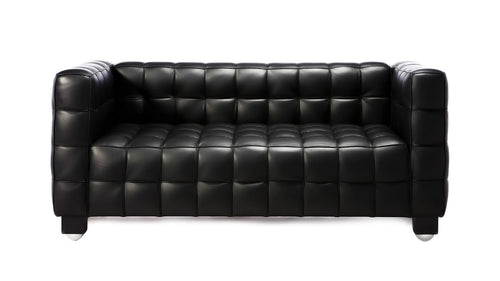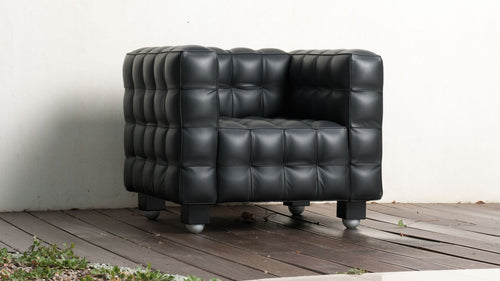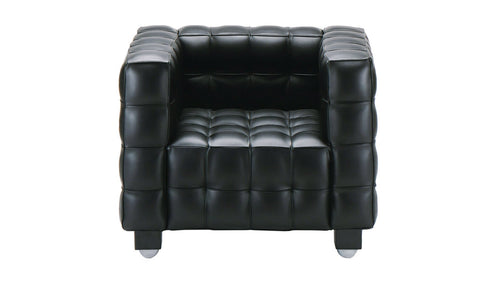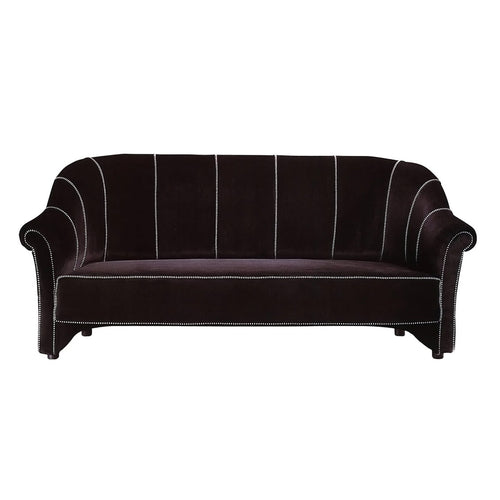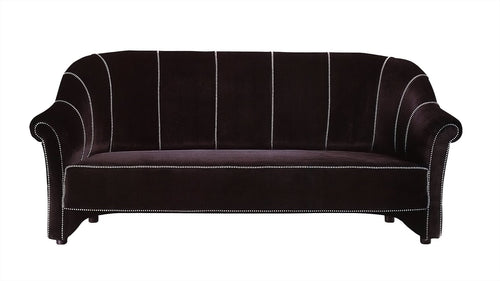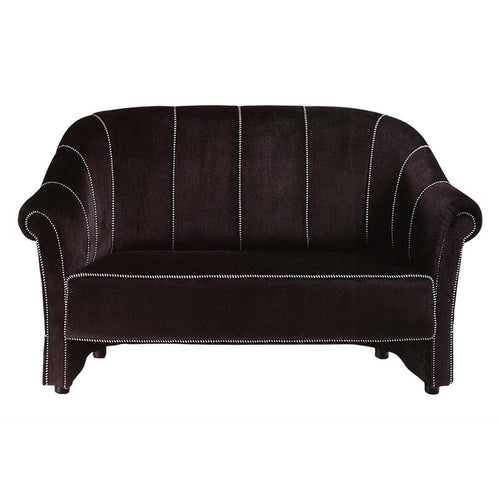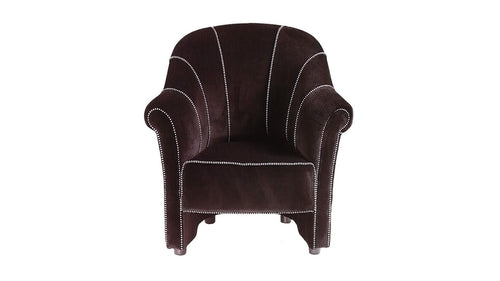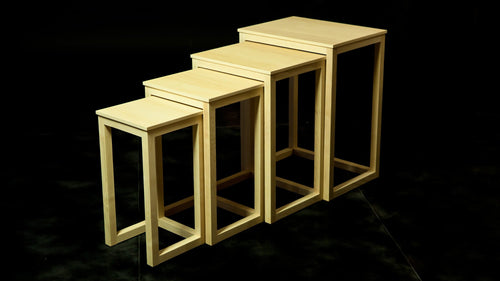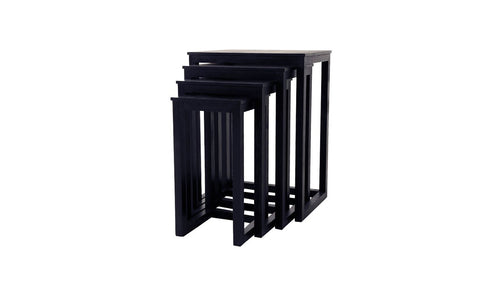Josef Hoffmann
J. Hoffman
(1870-1956)
How you sit is a revelation, it says everything about who you are and where you are from. This is why we have to do it properly, and why we should only sit only on chairs we trust. Around 1900, Vienna was a vital centre for art and architecture, and Josef Hoffmann was one of its most influential figures. In 1897 he created the Wiener Sezession, a movement which broke away from official artistic organizations, deriving its inspiration from Art Nouveau and Jugendstil. Then, in 1903 he created the Wiener Werkstätte, an ensemble of workshops and studios committed to non-industrial productions, whose basic credo lays in establishing a direct relationship between artist and craftsman. Hoffmann’s cubic, angular forms and rectilinear geometric style are well renowned in both his architecture and designs he created for interiors and furniture. He was considered Vienna’s first architect, par excellence, but he also worked abroad: many critics agree that his absolute masterpiece is the Stoclet building in Brussels, not to mention the pavilions he designed for the world fairs in Cologne (1914) and Paris (1925), and for the Venice Biennale in 1934. A member of the Academy of Berlin, untill the end he took part in international architectural debate, insomuch as designing urbanistic plans to reconstruct the cities destroyed by bombing raids during World War II.
How you sit is a revelation, it says everything about who you are and where you are from. This is why we have to do it properly, and why we should only sit only on chairs we trust. Around 1900, Vienna was a vital centre for art and architecture, and Josef Hoffmann was one of its most influential figures. In 1897 he created the Wiener Sezession, a movement which broke away from official artistic organizations, deriving its inspiration from Art Nouveau and Jugendstil. Then, in 1903 he created the Wiener Werkstätte, an ensemble of workshops and studios committed to non-industrial productions, whose basic credo lays in establishing a direct relationship between artist and craftsman. Hoffmann’s cubic, angular forms and rectilinear geometric style are well renowned in both his architecture and designs he created for interiors and furniture. He was considered Vienna’s first architect, par excellence, but he also worked abroad: many critics agree that his absolute masterpiece is the Stoclet building in Brussels, not to mention the pavilions he designed for the world fairs in Cologne (1914) and Paris (1925), and for the Venice Biennale in 1934. A member of the Academy of Berlin, untill the end he took part in international architectural debate, insomuch as designing urbanistic plans to reconstruct the cities destroyed by bombing raids during World War II.

